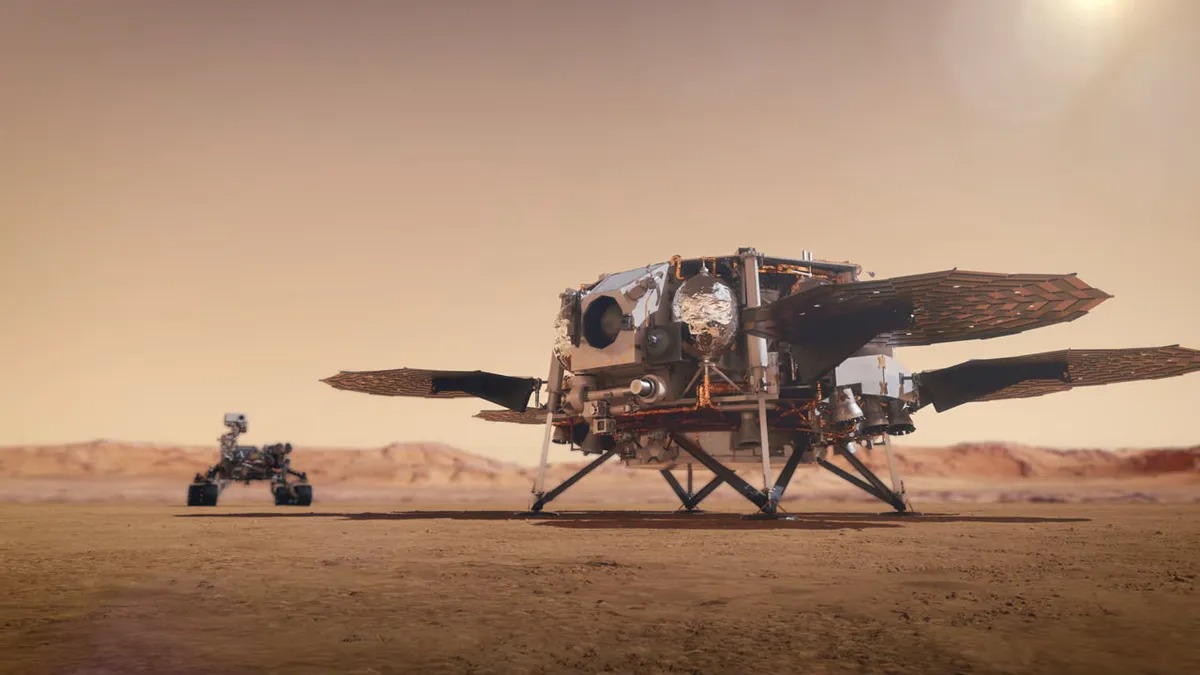The Perseverance rover is actively collecting rock samples from the Red Planet. NASA plans to receive these samples on the next space mission in the future. The most interesting thing is that when the rover landed on the surface of Mars, the project for the delivery of collected samples had not even been approved yet.

The plan, at first glance, is simple: to lower the lander to Mars, meet with Perseverance, pull out containers with samples from it, deliver valuable cargo to Earth, and then descend to our planet. This mission has already been named Mars Sample Return. But in fact, the implementation of this idea will be an extremely difficult task for engineers. The other day, NASA showed a video of how this process would take place.
The video shows everything: a fast-paced soundtrack, future robotic technologies, the harsh landscape of Mars and a touching happy ending. The animation well illustrates the complexity of the mission and the optimism that feeds it. Humanity has the best chance to get its hands on evidence of signs of ancient microbial life on Mars. This is both close and far away, because science has never come so close to an important discovery before, it remains to implement an ambitious mission plan.
When will the Mars Sample Return mission take place?
The video ignores some of the proposed aspects of the mission. In particular, the plan is to send a couple of small helicopters that could go after containers with samples that Perseverance throws out of its internal storage on its way.
The Mars Sample Return mission is still in the design stage. It is being actively developed by NASA in cooperation with the European Space Agency. If all goes well, the Sample Retrieval Lander will be launched in 2028. Thus, the samples obtained may end up in laboratories on Earth in the mid-2030s. And then, perhaps, we will finally find out if there is life outside our planet. The answer to this question is worth the effort of this bold and super-complex mission.
Earlier we reported on how NASA fired at the spacecraft.
Follow us on Twitter to get the most interesting space news in time
https://twitter.com/ust_magazine

